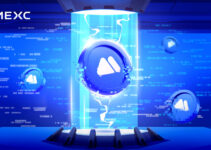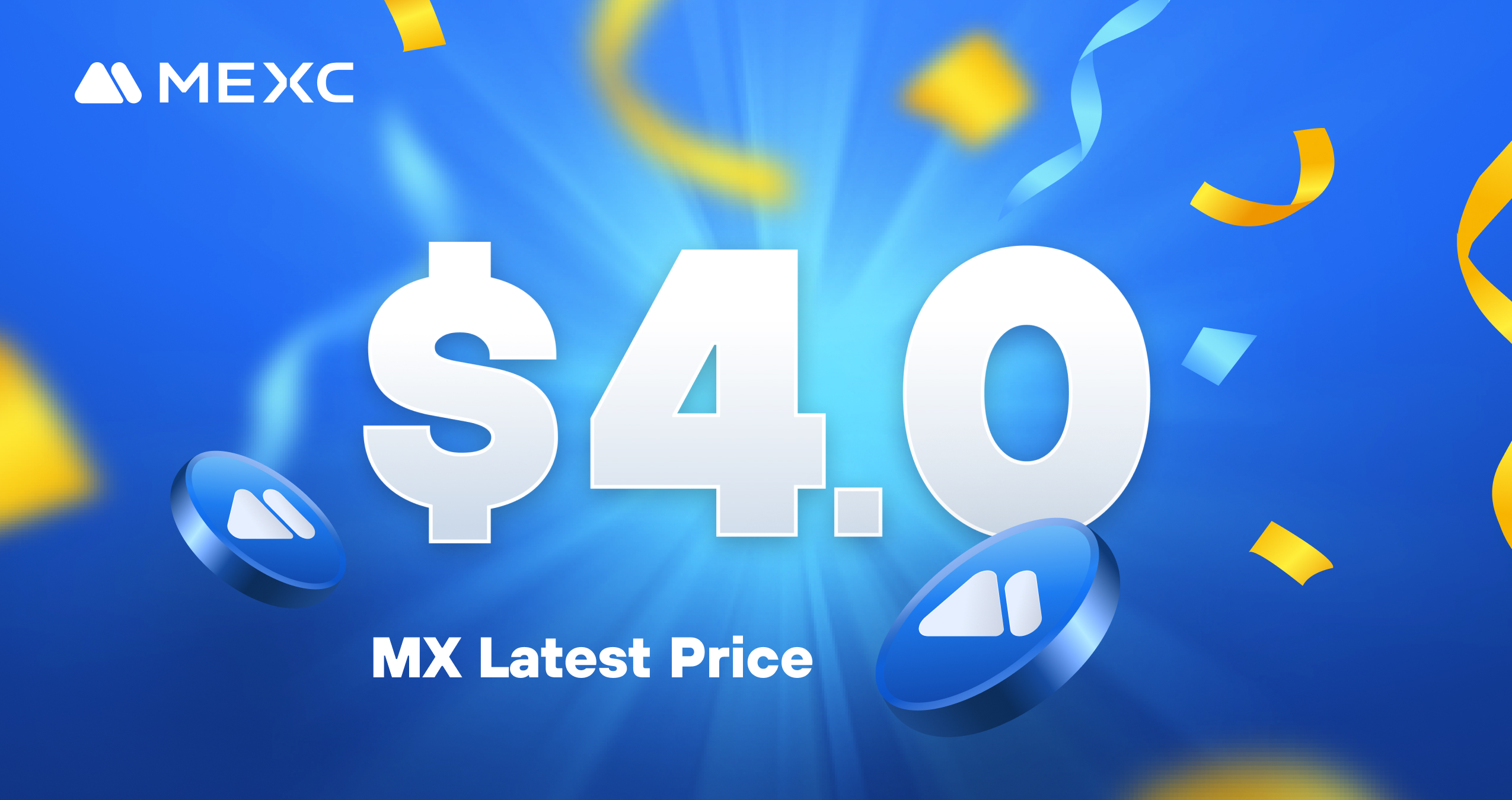The Bitcoin network is a technological phenomenon that has changed the concept of money, ownership, and decentralization. Created in 2009 by the mysterious Satoshi Nakamoto, it represents the first successful implementation of cryptocurrency based on blockchain. In this article, we will consider what the Bitcoin network is from different perspectives: from its abstract “appearance” to technical details such as code and keys. We will also explain how users of the MEXC exchange can interact with this network, store and trade BTC, getting the most out of the opportunities of the crypto world.

Appearance of Bitcoin (abstractly)
Bitcoin as an Idea
Bitcoin has no physical form in the traditional sense—it’s an abstract concept embodied in digital code. Its “appearance” can be imagined as a network of nodes spread across the world, where each point exchanges data without intermediaries. It is a symbol of freedom from centralized banks and governments, an embodiment of decentralization.
- Symbolism: Bitcoin is often depicted as a gold coin with the letter “₿”, emphasizing its perception as “digital gold”.
- Abstract perception: To users, it is not just a currency but a tool for storing value, similar to stocks or precious metals.
On MEXC, Bitcoin is presented as a tradable asset that can be bought, sold, or used in futures contracts, making it accessible to millions of traders.
Why is Bitcoin invisible?
Unlike cash, bitcoin exists solely in digital form. Its “appearance” is lines of code in the blockchain that confirm ownership. This makes it unique: you cannot touch BTC, but you can see its balance in your wallet or transaction history through a blockchain explorer like Blockchain.com.
Bitcoin Coin (Physical Form)
Physical Bitcoins: Myth or Reality?
Although the bitcoin network is completely digital, there are physical incarnations of bitcoin created for collectors and enthusiasts:
- Casascius coins: metal coins with holographic stickers containing a private key to access a certain amount of BTC (discontinued release in 2013).
- Souvenir coins: decorative items without real blockchain value.
These physical coins are more symbolic than a practical tool. The real bitcoin is stored in the network, not in your pocket.
Why are physical counterparts needed?
- Education: helps newcomers understand cryptocurrency concepts.
- Collecting: popular among blockchain enthusiasts.
On MEXC, you won’t need physical coins—the exchange provides a convenient interface for working with digital BTC.
Bitcoin on digital media
Where does bitcoin “live”?
Bitcoin exists in the blockchain—a distributed ledger stored on thousands of computers (nodes) around the world. Each node contains a full copy of the transaction history, starting from the first block (genesis block) created by Satoshi Nakamoto.
- Digital media:
- Node hard drives.
- Cloud servers (for web wallets).
- Hardware devices (such as Ledger or Trezor).
Bitcoin on MEXC
The cryptocurrency exchange MEXC uses custodial wallets to store users’ BTC. This means that your bitcoins are stored on the exchange’s secure servers, and you gain access to them through an account. Advantages:
- Convenience: no need to manage private keys.
- Fast access: instant trading and withdrawal.
For long-term storage, you can withdraw BTC to an external wallet, such as Trust Wallet.
Bitcoin Wallets and Addresses
What is a Bitcoin Wallet?
A Bitcoin wallet is a tool for interacting with the Bitcoin network. It stores your private and public keys:
- Public Key (Address): used for receiving BTC (e.g., 1A1zP1eP5QGefi2DMPTfTL5SLmv7DivfNa).
- Private Key: a secret code for sending BTC.
Types of wallets:
- Software: Mobile (Trust Wallet), Desktop (Electrum), Web (embedded wallet MEXC).
- Hardware: Ledger, Trezor.
- Paper: printed keys.
Creating a Wallet on MEXC
- Register on MEXC.
- Go to the “Assets” section → “Deposit”.
- Select BTC and receive a unique deposit address.
MEXC does not require KYC for basic operations, making it easy to get started.
Bitcoin Network Addresses
Each wallet generates unique addresses for transactions. Formats:
- Legacy (P2PKH): starts with “1”.
- SegWit (P2SH): starts with “3”.
- Bech32: starts with “bc1”, more efficient for fees.
All address formats are supported on MEXC, ensuring flexibility for deposits and withdrawals.
Technical Aspects (code, keys, blocks)
Bitcoin Network Code
The Bitcoin network operates on open source code available on GitHub. Key elements:
- Language: C++.
- Protocol: consensus rules such as Proof-of-Work (PoW).
- Hashing Algorithm: SHA-256.
Any developer can submit improvement suggestions through Bitcoin Improvement Proposals (BIP).
Keys and Signatures
- Private Key: a 256-bit string, for example, 5J3mBbAH58CpQ3Y5RNJpUKPE62SQ5tfcvU2JpbnkeyhfsYB1Jcn.
- Public Key: generated from the private key using elliptic curve cryptography (ECDSA).
- Signature: confirms the right to spend BTC.
Loss of a private key = loss of bitcoins. Keep it secure!
Blocks and Blockchain
- Block: contains up to 1 MB of data (about 2000 transactions).
- Creation Time: ~10 minutes.
- Block Reward: as of March 2025 — 3.125 BTC (after the 2024 halving).
Miners use PoW to add blocks by solving the problem of finding a hash with a certain number of leading zeros.
Lightning Network
To speed up transactions, the Bitcoin network uses a second-layer solution — Lightning Network. It allows for millions of operations off the main blockchain with minimal fees.
Miscellaneous
Advantages of the Bitcoin Network
- Decentralization: no single point of failure.
- Security: in 15+ years, the network has not been hacked.
- Global Accessibility: available anywhere in the world.
Limitations
- Low throughput (7 TPS).
- High fees during peak load.
- Energy consumption of mining.
Bitcoin on MEXC: Why Choose This Exchange?
MEXC — one of the leading platforms for working with BTC:
- 0% fees on spot trading.
- Futures with up to 200x leverage (MEXC Futures).
- Support for 3000+ trading pairs, including BTC/USDT.
Interesting Facts
- First real BTC payment: 10,000 BTC for two pizzas in 2010.
- Maximum supply: 21 million BTC, the last will be mined around the year 2140.
Conclusion
The Bitcoin network is not just a technology but an entire ecosystem, combining abstract ideas of freedom with specific technical solutions. From digital wallets to blocks and keys, it offers users a unique way to interact with money. The cryptocurrency exchange MEXC makes working with Bitcoin even easier by providing tools for trading, storing, and investing. Start your journey into the world of the Bitcoin network with MEXC and discover the potential of this revolutionary technology!
Join MEXC and Get up to $10,000 Bonus!
Sign Up


